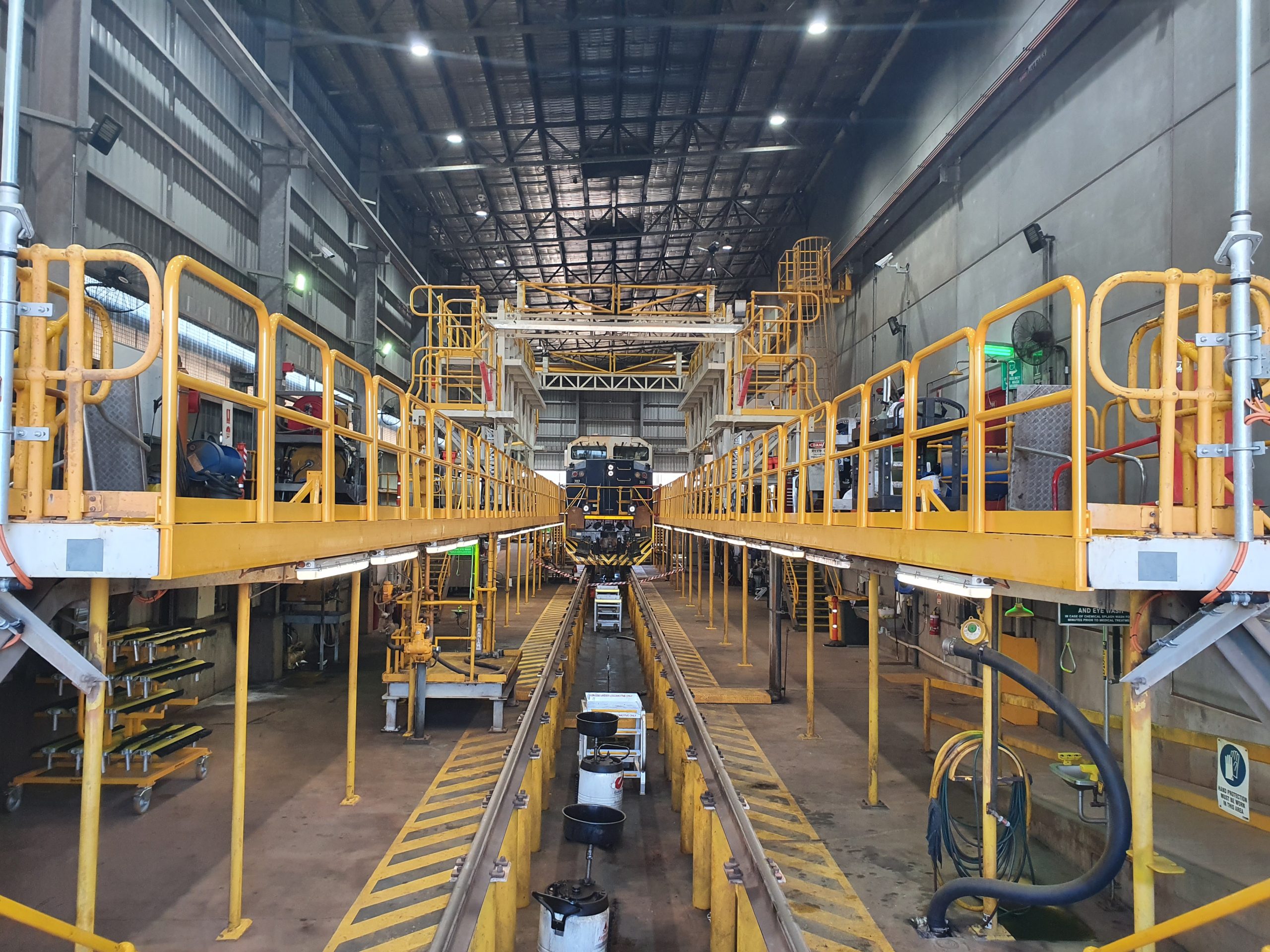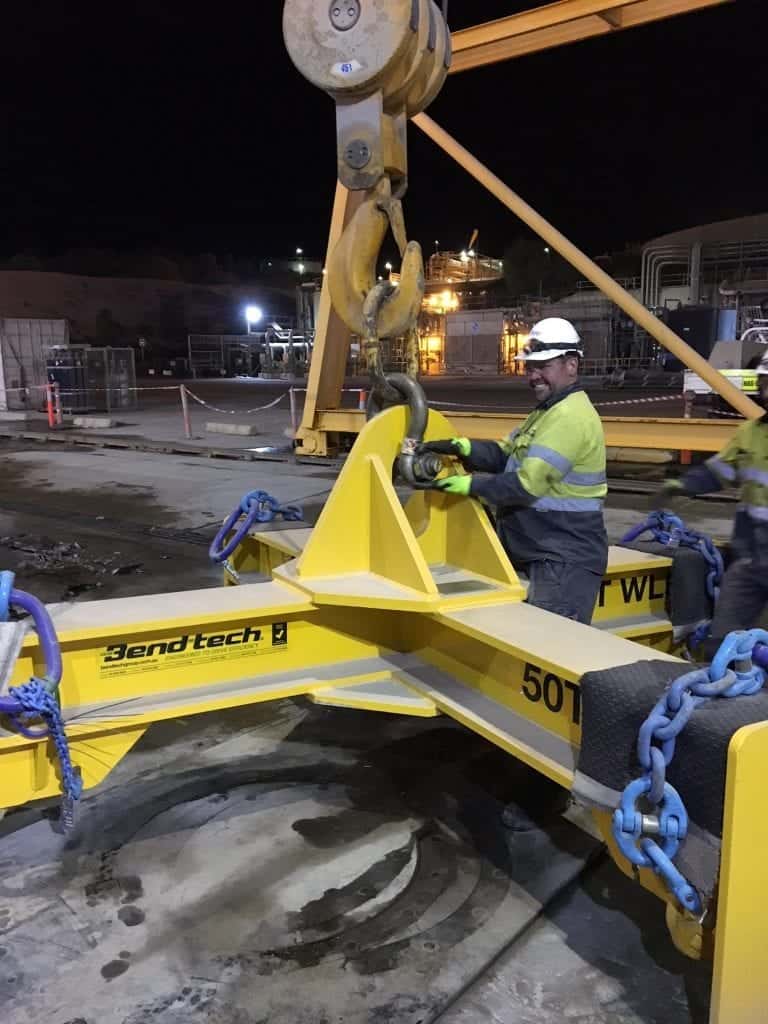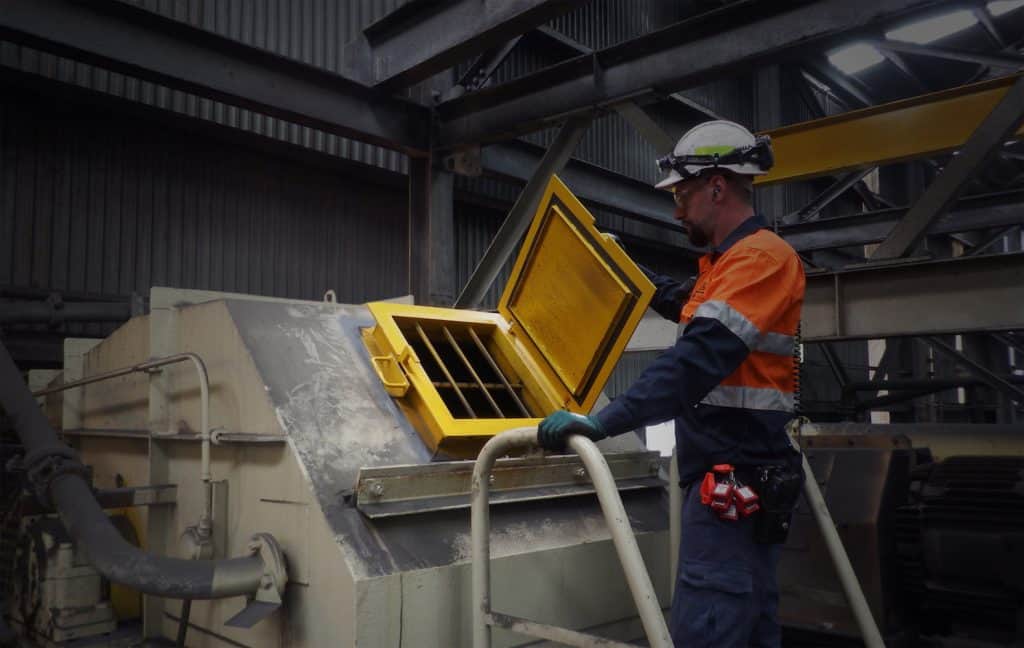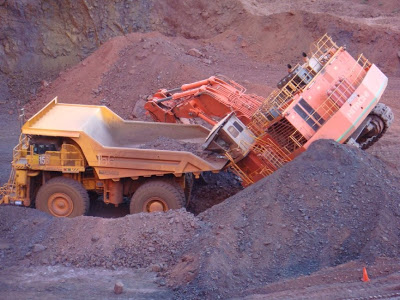Workplace incidents continue to regularly occur, particularly in the industrial and mining sectors, despite the huge amount of available safety resources. A key work health and safety statistics report prepared for Safe Work Australia suggests that the serious work-related injury claims and deaths in 2020 have gone against the downward sloping trend of the past 12 years. Some of the key findings include:
- The total of serious injury claims made in the mining industry increased by 385 claims, or 18% from 2018-19 to 2019-20.
- There were 21 recorded deaths from workers falling from heights, accounting for 11% of all work-related deaths in 2019-20.
- Falls, trips and slips accounted for 26,000 serious injury claims, 23% of all serious claims.
Access to quality safety information, technology and infrastructure has never been greater, making it difficult to understand how we can go backwards in terms of these claims. Eliminating all workplace incidents is extremely far fetched as accidents do happen, but organisations do have the capability of implementing procedures and infrastructure that will significantly reduce certain risks.
One risk area that all mine sites can proactively mitigate is operators falling from height. As mentioned previously, 21 people in Australia lost their lives from falling from height in 2019-20, a tragic loss for the families and friends of those individuals.
An incident at an Australian gold mine in 2018 reports the fundamental factors which led to an individual losing their life. The operator was attempting to access a scissor lift with the guard rails removed where he fell, resulting in spinal injuries and eventually death.
The resources regulator stated: “It is recommended that mine operators and contractors review their procurement processes to ensure that mobile plant is fit for purpose, having regard to the environment where it will be used.”
The Mining Safety Bulletin No.173 suggests that workers are exposed to increased risk of falling from heights with potentially serious or fatal injuries when:
- maintenance and repair of handrails is delayed
- inspection of handrails is not undertaken by a competent person
- handrails are modified or extended in height
- repairs are not specified by a competent person.
Mines safety inspectors frequently identify handrails in poor condition or not fit for purpose, including handrails that have collapsed in areas where they need to protect people from falling. This is especially notable where structures are prone to corrosion such as above tanks, in saline or moist environments, or are adjacent to vibrating equipment and mobile plant work areas.
In general, handrails in use on mine sites are mass produced to a specified Australian standard. Most do not have engineered reserve capacity to allow for damage or corrosion, nor do they have the capability for modification. Bend-tech’s handrails are engineered and constructed above the specified Australian Standards and are blasted and primed to significantly reduce corrosion. Bend-tech can also manufacture handrails to the most specific measurements, as well as height adjustable solutions.
If you have any doubt about your current fall prevention infrastructure, get in contact with the team today to discuss how you can enhance safety on your site.








About The Author: Jake Marinovich
More posts by Jake Marinovich